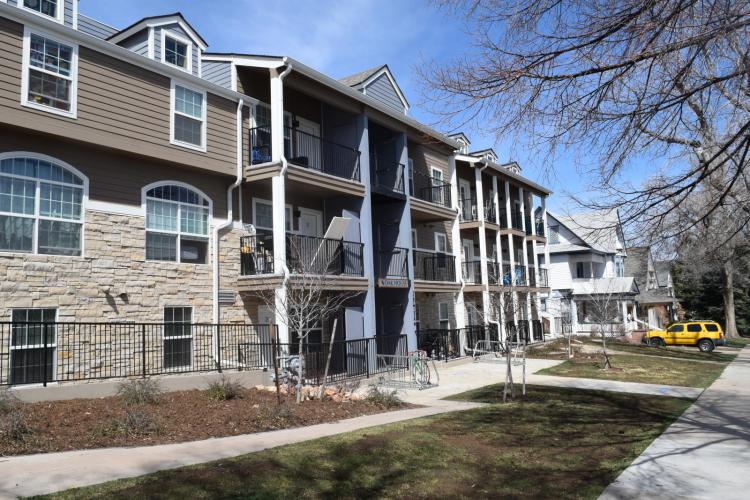Things to know about subletting
If you’re planning on leaving Boulder for the summer or you need a place to stay, subletting can be a great option. Here are a few things to keep in mind when looking for a sublet or when subletting your current residence.
 What is a sublease?
What is a sublease?

Subleasing is when the person whose name is on the lease finds another person to take over all or a portion of the lease. This can happen if you’re trying to get out of your lease temporarily or earlier than expected. For example, during the summer months, you may want or need to leave but still be responsible for your lease. Subleasing can be a great way to make sure you don’t lose money.
- Short-term sublease: a short sublease within the original lease term, meaning the original tenant will return.
- Long-term sublease: a sublease that takes over the remainder of a lease term, meaning the original tenant will not return. This is often called an “assignment” or “lease transfer”
Be sure to know what kind of lease you are looking for, as this may affect how you wish to sublease.
Things to consider when subletting your place
In Colorado, a lease may allow or specifically prohibit subletting. Check your lease for information on subletting your property and speak directly with your property manager if you want to sublease your place. The terms of subleasing should be spelled out in your lease. You can always go over these aspects of your lease with an attorney free of charge through Off-Campus Housing & Neighborhood Relations.
Remember that you are ultimately responsible for rent payments and property upkeep and damage unless the property manager has agreed to terminate your liability on the original lease entirely. Here are some things to consider when looking for a sublessee.
- The new subtenant will be responsible for paying rent. However, unless your liability is terminated completely by the property manager, you are still liable for rent payment if the subtenant is unable to pay. You may even consider getting references from potential subtenants. The subtenant can pay rent directly to you or the property manager.
- The subtenant will be responsible for maintaining the property, although you may be responsible for damages.
- Talk to your property manager about your security deposit. The subtenant may also pay you a security deposit, in which case you will be responsible for providing an accounting of the security deposit at the end of the sublease.
- Finding someone to sublease the property can take time. Often there are more people trying to sublet than there are people looking for subleases, particularly during the summer months. Be sure to get started as soon as you can.
- Depending on whether the sublease is long term or short, some furnishings may be left behind at the residence.
Be sure to get everything in writing to avoid disputes.
Things to consider as a subtenant
If you are the one that will be the new tenant subletting, you should talk to the property manager and former tenant to make sure you are all on the same page and that there is no confusion. This helps ensure that each individual involved knows what their responsibilities are.
- You will be responsible for the terms of the original lease. Check out things to know before signing a lease.
- Ask the former tenant about a security deposit, which they may or may not require.
- There are often many options to sublet a place. Be sure to find a place you like as you could potentially take over the lease as a long-term lease.
- You may also be asked to sign a sublease agreement in which the former tenant may outline terms regarding how you’ll pay rent. You can always go over these aspects of your sublease and/or lease with an attorney through Off-Campus Housing & Neighborhood Relations.
Be sure to get everything in writing to avoid disputes.
Know your rights
Just like a lease, a sublease agreement is legally binding. Most likely, the subtenant will be held to the same lease as the former tenant. If you’re subletting your residence and drafted a sublease agreement with the subtenant and property manager, remember to document the condition of your apartment with photos and notes. This ensures any damages that might occur while you’re away will be covered by the subtenant. If you are a subtenant, you will want to note and photograph any damages that are present when you move in. This helps prevent damage disputes.
Remember that if you are the new tenant that will be subletting, you will need to come to an agreement about these considerations with the former tenant. Sublease forms are available upon request from Off-Campus Housing & Neighborhood Relations. You can find a sublease or list your place as a sublease on Ralphie’s List.

